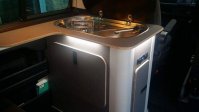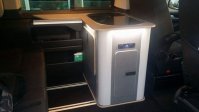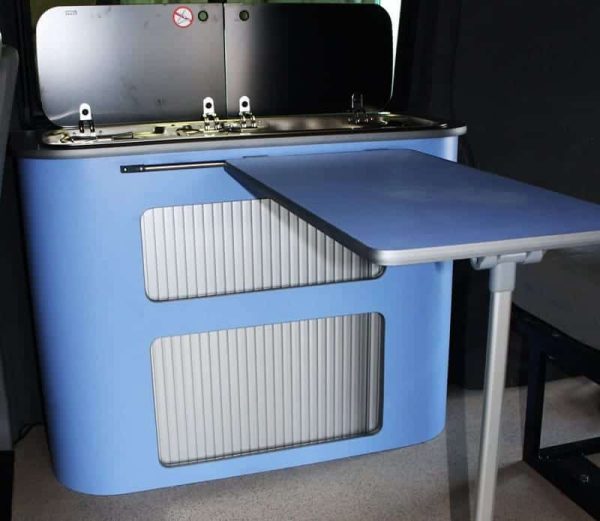G
Graeme Reid
- Messages
- 16
I have made a nice kitchen pod for my 2016 cally beach. I have used a Smev 8322 twin hob sink unit and it looks like a nice bit of kit. As usual with these things it came with a thick book with around 5 pages of not so helpful fitting instructions in about 30 different languages (thanks smev). I have all the electrics completed and connecting the gas will be easy enough but my problem is the gas drop out vent. I really don't want to cut a hole in the floor of my new beach. I am concerned how this will effect the warranty, re-sale value and also where is safe to drill the hole. Before building my own pod I looked at many prebuilt units and don't recall any mention of drilling holes in the floor for them? So can anyone help on the following;
Will this effect my warranty?
Is there a safe place to drill the hole?
Is there a work around for this?
How does the cally ocean vent the gas and is there an existing hole somewhere in the floor that is used by the ocean?
Will this effect my warranty?
Is there a safe place to drill the hole?
Is there a work around for this?
How does the cally ocean vent the gas and is there an existing hole somewhere in the floor that is used by the ocean?







![maxi-campervan-unit-51-p[ekm]255x242[ekm].jpg](/proxy.php?image=http%3A%2F%2Fwww.vangear.co.uk%2Fekmps%2Fshops%2F239fc1%2Fimages%2Fmaxi-campervan-unit-51-p%5Bekm%5D255x242%5Bekm%5D.jpg&hash=9c424182c053975a51621d07d67c1b69)















